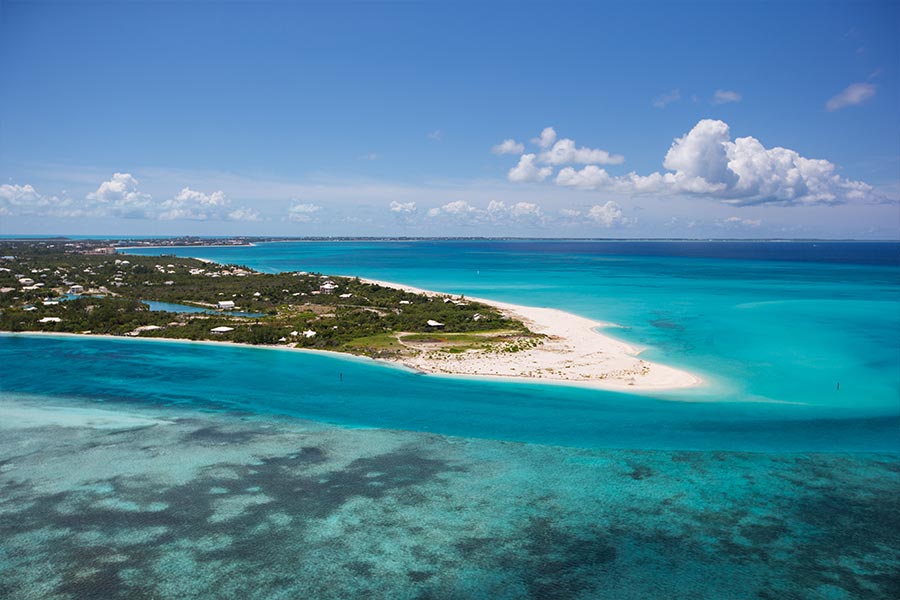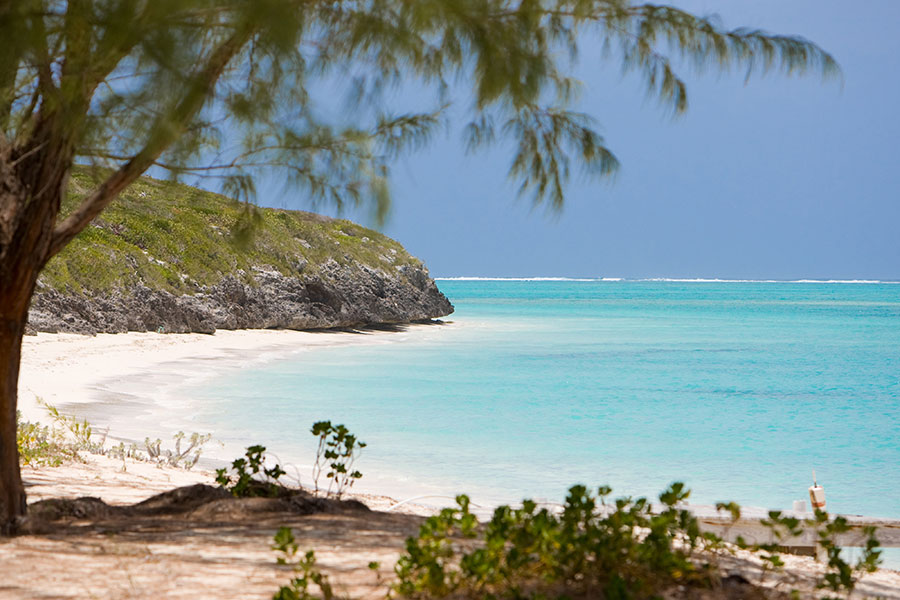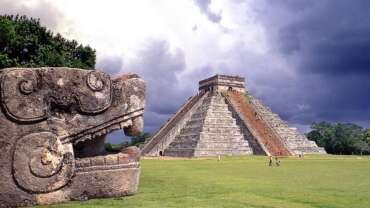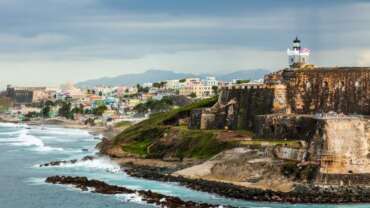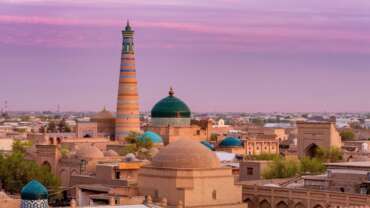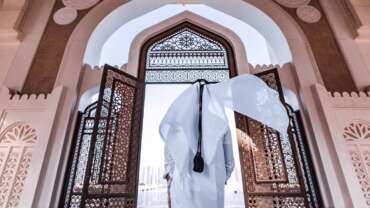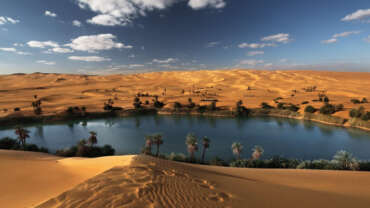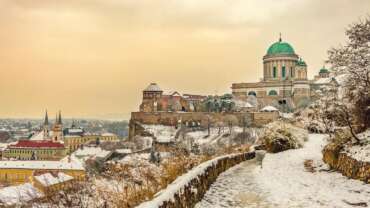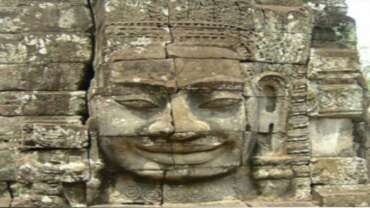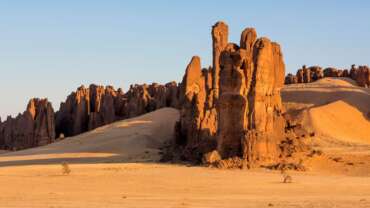Turks & Caicos Islands - Beautiful by Nature!
Turks and Caicos is an archipelago of 40 low-lying coral islands in the Atlantic Ocean, a British Overseas Territory southeast of the Bahamas. The gateway island of Providenciales, known as Provo, is home to expansive Grace Bay Beach, with luxury resorts, shops and restaurants. Scuba-diving sites include a 14-mile barrier reef on Provo’s north shore and a dramatic 2,134m underwater wall off Grand Turk island.
History of Turks & Caicos Islands
The diary of Christopher Columbus (a document that was lost and partially reconstructed) indicates that he reached the islands in 1492. According to Columbus, many of the Turks and Caicos islands, along with the rest of the Bahamas chain, were inhabited by an indigenous people, the Arawakan-speaking Lucayan Taino. Within a generation of European contact, the Lucayan Taino had died off from the ill effects of colonization, including introduced diseases and enslavement by the Spanish. Alternatively, some historians maintain that the islands had been uninhabited up to the time when the Spanish explorer Juan Ponce de León arrived in 1512; in any case, Ponce de León found the islands all but uninhabited by native people. Few Europeans lived there until 1678, when settlers from Bermuda arrived and established a solar-evaporated salt industry. Royalist sympathizers from the United States arrived in the Caicos Islands after the American Revolution (1775–83) and established cotton plantations worked by the African-descended slaves they brought with them.
In 1799 the islands were annexed by the Bahama Islands government, but in 1848 they were granted a separate charter. In the meantime slavery had been abolished (1833–43), and the plantation owners left the islands, though their former slaves remained.
After a period of financial difficulties, the colony was placed under the authority of the British governor-general at Kingston, Jamaica (1874–1959); because ships voyaging between England and Jamaica passed the Turks and Caicos, communication with Kingston was much easier than it was with Nassau in the Bahamas. The islands became a crown colony in 1962 when Jamaica gained independence. For a time in the 1960s and ’70s the islands were under the control of the Bahamas, but with Bahamian independence (1973) the Turks and Caicos were placed under a British governor at Grand Turk. Amid preparations for the independence of the Turks and Caicos in 1982, a commission was appointed to make recommendations on a new constitution and to consider the future economic direction of the islands. In 1980, however, a new government, which favoured dependent status, was elected on the islands. The move to independence thereby stalled, and the Turks and Caicos continued to be a British overseas territory.
Constitutional government was suspended in 1986 after allegations that several ministers were implicated in drug smuggling from South America into Florida, but it was restored in 1988. In 2002 the British government agreed to changes in the status of its overseas territories, including Turks and Caicos, such that the territories’ citizens would be granted full British citizenship after they had instituted a series of financial and human rights reforms.
Turks and Caicos received a new constitution in 2006, at which time the territory’s leader, Michael Misick, became prime minister. However, he resigned in March 2009 after an official investigation found evidence of systemic bureaucratic corruption and “administrative incompetence.” In August of that year the British government declared a temporary suspension of the Turks and Caicos constitution and imposed direct rule by the British governor. An interim administration, consisting of the governor and a team of Turks and Caicos and British advisers, instituted governmental reforms during the suspension period. During several years of efforts aimed at restoring good governance, a new constitution was drafted; it was approved in 2011, to take effect on October 15, 2012.
In June 2012 the British authorities determined that sufficient changes had been made to allow Turks and Caicos to return to a democratically elected government. Elections were held on November 9; the territory’s Progressive National Party (PNP) won eight of the 15 directly elected seats in the House of Assembly, and the rival People’s Democratic Movement (PDM) won seven. The PNP’s leader, Rufus Ewing, became premier. After the December 2016 election, power shifted as the PDM won 10 of the 15 directly elected seats to the PNP’s five. The PDM’s Sharlene Cartwright Robinson became premier; she was the first woman to hold the position.
People of Turks & Caicos Islands
More than nine-tenths of the population is of African heritage. The majority of the population is Christian; the main religious denominations are Baptist, Methodist, and Anglican. English is the official language. Thousands of islanders in search of employment have migrated to The Bahamas and the United States, particularly during the 1960s and ’70s, but many expatriates have returned with the advent of relative prosperity. Population growth has been pronounced on Providenciales since the 1980s largely as a result of the expanding tourism industry, which has attracted migrants from around the Caribbean, particularly Haiti.
Cultural Life of Turks & Caicos Islands
Aquatic sports—sailing, game fishing, and, especially, scuba diving among the coral reefs—are popular and attract many tourists to the islands. Traditional island music incorporates Haitian and African influences, and live music at hotels and clubs is popular among local people. The Turks and Caicos National Museum, located on Grand Turk, displays collections on a variety of historical subjects, sponsors research projects in areas such as the slave trade and island industries, and maintains an archive of historical documents and images. There are radio stations based on several of the islands, and television is available via satellite. Newspapers include the Turks and Caicos Weekly News, Turks and Caicos Sun (weekly), and Turks and Caicos Free Press (weekly).
Our Sister Islands
Crystalline turquoise waters and white sand beaches are trademarks to the over forty islands and cays that make up the ‘Beautiful by Nature’ TCI. Considered the World’s best kept secret, the Turks & Caicos Islands are an easy escape – with an ease of connectivity from Miami, New York, Toronto or London. Each island and cay in the archipelago is a destination on to its own. We welcome visitors to enjoy our pristine and inviting beaches, experience our luxurious accommodations, indulge in our world class spas, treat yourself to delectable dining in paradise and revel in our culture and local traditions.
